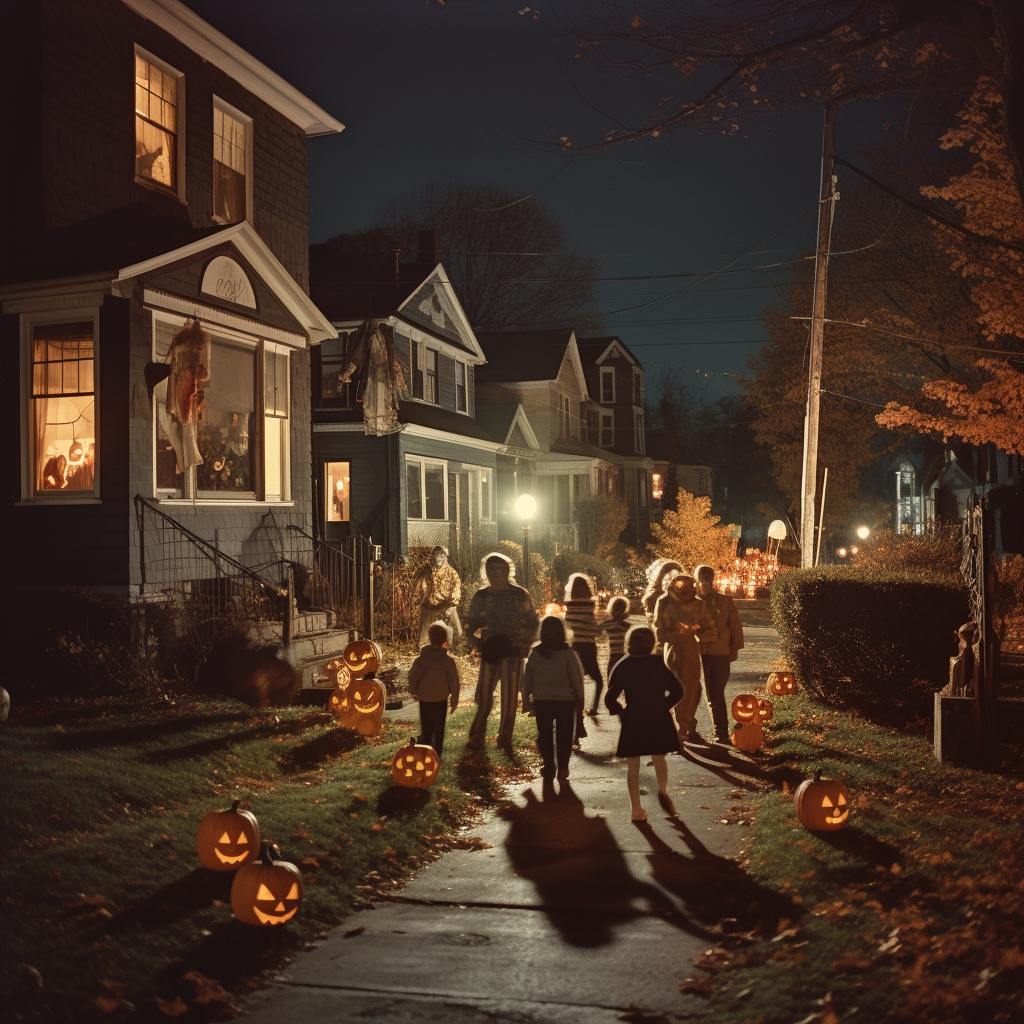
Halloween, celebrated on the night of October 31st, is a festive occasion that captivates the imaginations of millions around the world. With its spooky decorations, eerie costumes, and the promise of sweet treats, it’s a holiday that delights both young and old. But have you ever wondered about the origins of Halloween? Where did this enigmatic celebration of Halloween come from, and how did it evolve into the holiday we know today? Let’s embark on a journey through time to unmask the intriguing history of Halloween.
Celtic Roots: Samhain
The history of Halloween can be traced back to the ancient Celtic festival of Samhain (pronounced “sow-in”). Samhain was celebrated by the Celts, who inhabited parts of what is now Ireland, the United Kingdom, and northern France more than 2,000 years ago. For these people, Samhain marked the end of the harvest season and the beginning of winter.
Samhain was a significant event in the Celtic calendar as it symbolized the boundary between the world of the living and the world of the dead. It was believed that on the night of October 31st, the boundary between these two realms became blurred, allowing spirits and other supernatural entities to roam freely among the living.
To protect themselves from these wandering spirits, the Celts lit bonfires and donned costumes made of animal heads and skins. They also offered sacrifices to appease the restless spirits and to ensure a smooth transition into the winter season.
The Christian Influence: All Saints’ Day and All Hallows’ Eve

In the 7th century AD, the Christian church sought to replace or absorb pagan traditions, a practice known as “Christianization.” To Christianize Samhain, Pope Boniface IV declared November 1st as All Saints’ Day, a day dedicated to honoring Christian saints. This holiday was also known as All Hallows’ Day, with the evening before it becoming known as All Hallows’ Eve, and later, Halloween.
The timing of All Saints’ Day was not coincidental; it was strategically placed on November 1st to coincide with Samhain, allowing the church to gradually transition people from pagan practices to Christian ones.
Trick-or-Treating and Jack-O’-Lanterns
Two of the most iconic Halloween traditions, trick-or-treating and the carving of pumpkins into Jack-O’-Lanterns, have their roots in both Celtic and Christian traditions.
Trick-or-treating likely evolved from the ancient Celtic practice of leaving out offerings of food to placate wandering spirits. Over time, this tradition evolved into children going door-to-door, asking for treats in exchange for not playing pranks or tricks on the household. The term “trick or treat” itself became popular in North America during the 1920s.
The Jack-O’-Lantern, a carved pumpkin with a candle or light inside, has a more recent history. Originally, the Celts used turnips and other root vegetables to carve lanterns with scary faces to ward off evil spirits. When Irish immigrants brought this tradition to North America, they found that pumpkins were more readily available and easier to carve. Thus, the Jack-O’-Lantern as we know it today was born.
Modern Halloween
Over the centuries, Halloween continued to evolve, incorporating elements from various cultures and traditions. It grew into a celebration filled with costume parties, haunted houses, spooky decorations, and a wide array of sweets and treats. Today, Halloween is a global phenomenon, celebrated with enthusiasm not only in the Celtic and Christian-influenced regions but also in many other parts of the world.
Halloween, a holiday of costumes, candy, and all things spooky, has a rich history that spans thousands of years. Its origins can be traced back to the ancient Celtic festival of Samhain and the Christian efforts to replace or absorb pagan traditions. Over time, it has evolved into the festive and fun holiday we know today. Regardless of its origins, Halloween continues to captivate the imagination of people worldwide, making it a unique and enduring celebration that brings joy and a touch of the supernatural to our lives.





